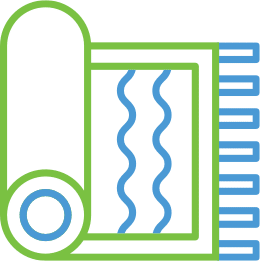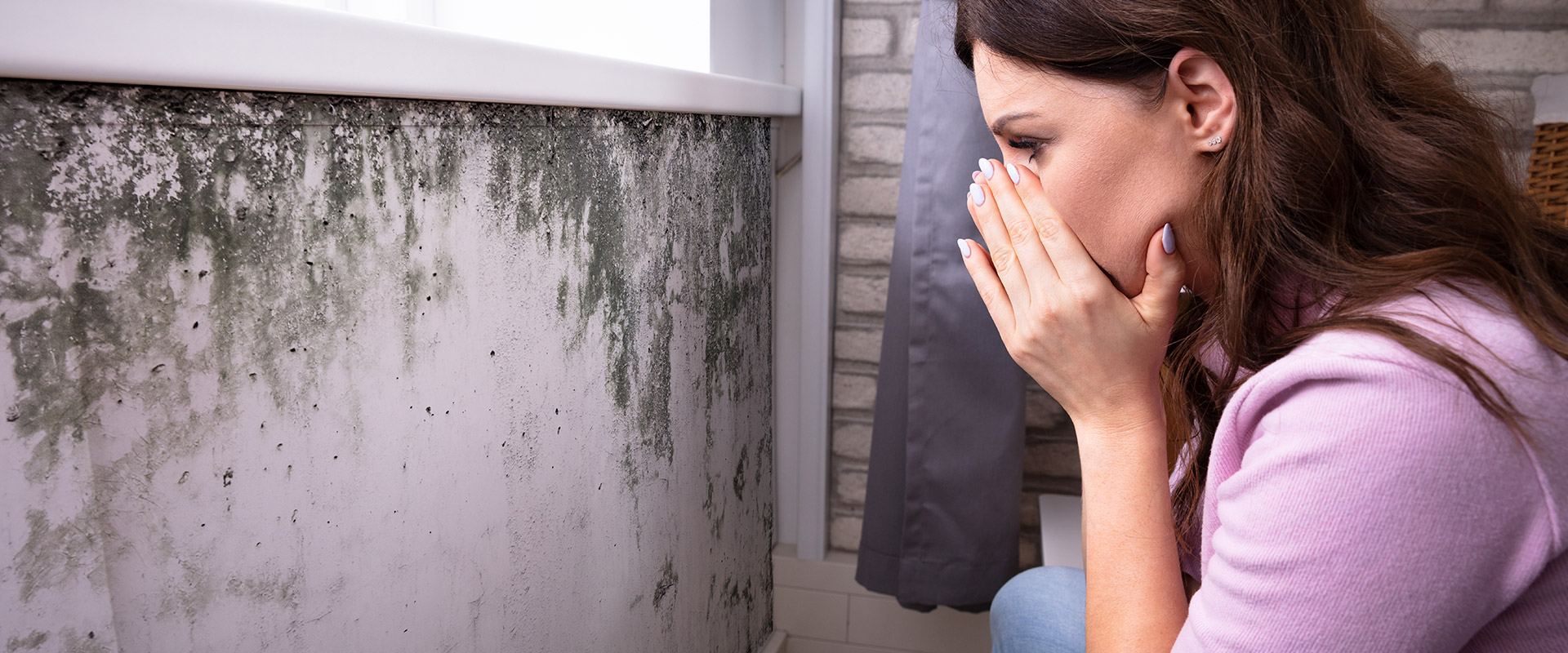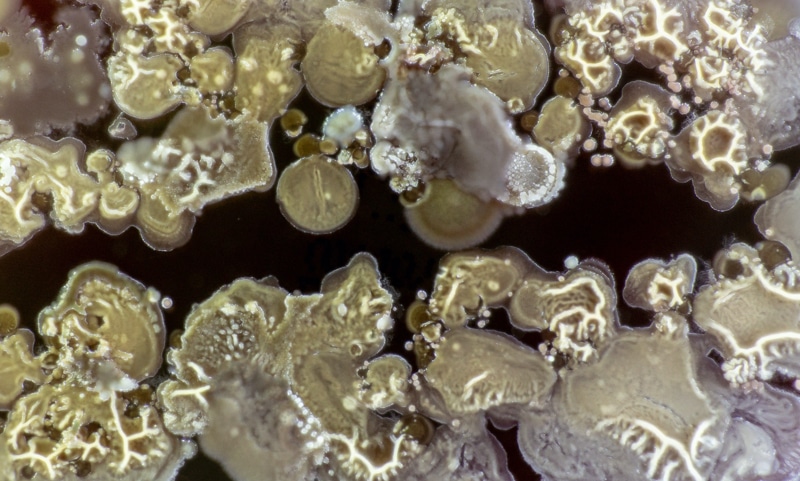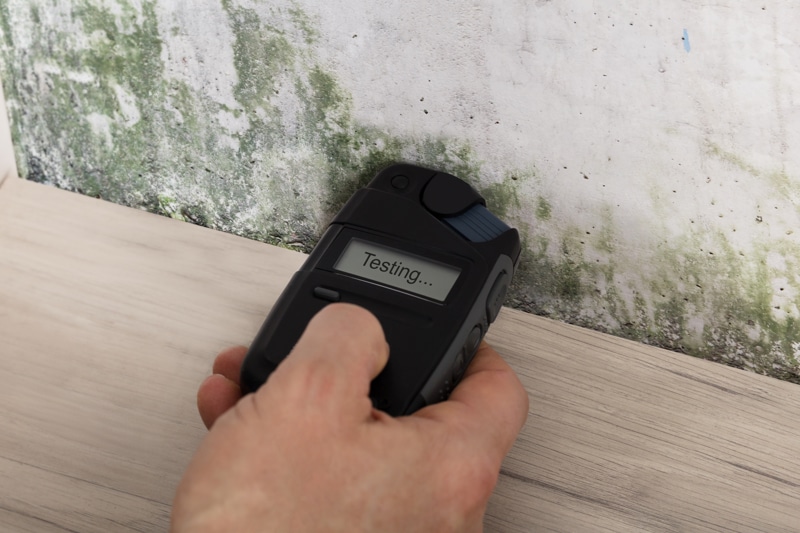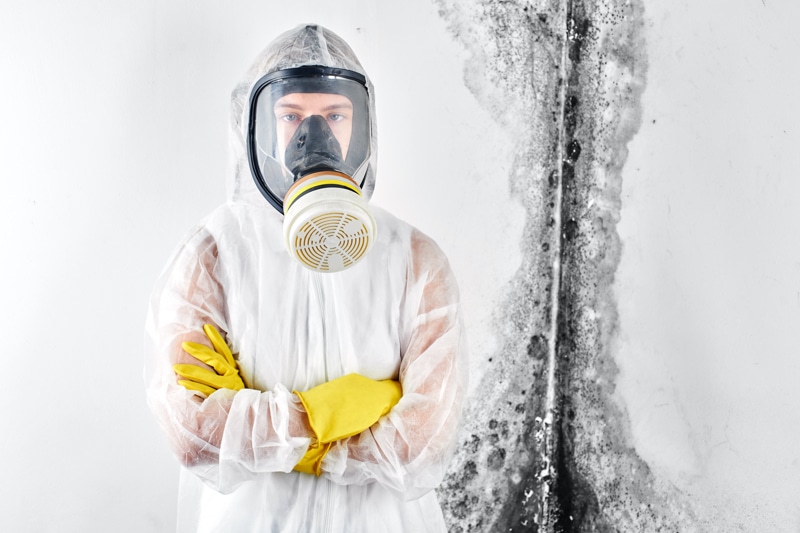Mould Removal
Our IICRC certified technicians have treated, managed and provided mould removal services on many properties and homes in New Zealand.
We remove all toxic moulds, including black mould (stachybotrys) and many other harmful mould types.
Water leaks, flooding in the home, poor ventilation, lack of insulation, humid environment, plumbing failures and substandard building techniques are just some causes of mould growth.
The health impacts of exposure to mould in New Zealand includes respiratory infections, allergic responses, headaches, fatigue, and sore throats. Mould contamination can be a debilitating health hazard.
These health impacts can result in buildings becoming uninhabitable and requiring expensive remediation if not dealt with in a timely manner.
The presence of mould is not always obvious an may exist behind wall linings, under flooring and in roof spaces for some time.
The mould contamination may only become evident when the spores penetrate surfaces and when mould growth and discolouration patches are noticed.
Read more about the common mould types, mould removal costs, and how to prevent mould growth.






